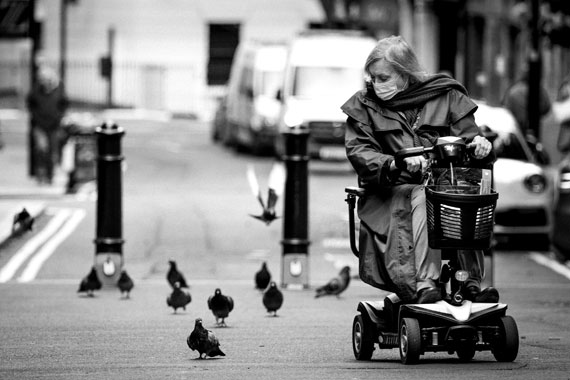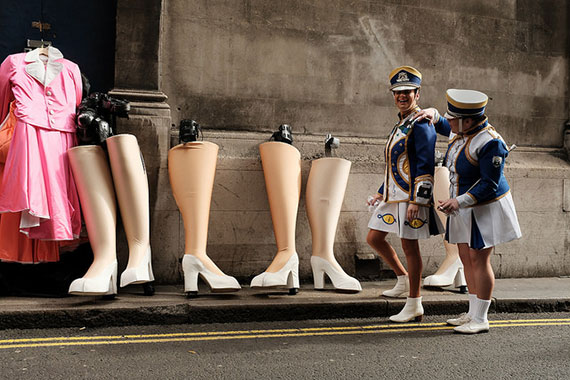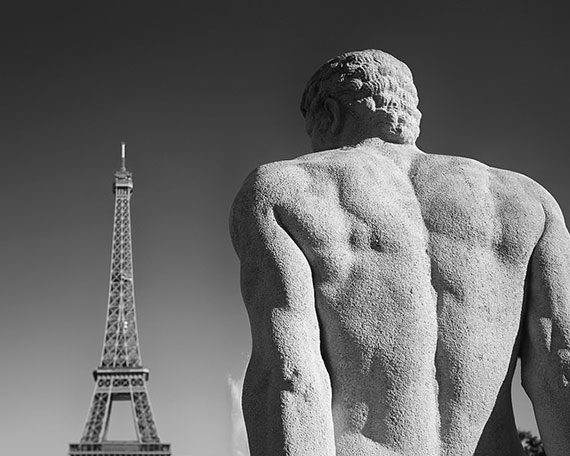We all have to start somewhere with our photography and one of the big questions I get asked by students is where do we begin. There is just so much to learn and not enough subjects to shoot. That may or may not be true. My answer is street photography. Why? Let’s read on.
Street photography for me is the most amazing way beginners can really get going with their photography. There is just so much to shoot and your choices are endless. It is great for photo outings in a group because there is something for everyone on the streets. It gives you freedom to shoot anything and everything within the limits of the law and human courtesy. If it moves shoot and if it doesn’t, shoot it.

Photo captured by Ben Wicks; ISO 400, f/5.0, 1/160s.
Street photography loosely describes a type of documentary photography that revolves around taking photos of everyday life and objects in the open urban environment of streets, lanes villages and towns. It provides a visual commentary on the world around us showcasing humour, routine and daily life on the streets. Here’s some advice on how to do it.
1. Preparation
Although it’s a free for all at times shooting anything, it is still necessary to be prepared. This not only improves the quality of your shoot but makes it easier and more enjoyable. Expect to see something different, new or intriguing. Anticipate the actions of people and the result will be a great image. So when it happens you are ready.
2. Focusing
Key to street photography is focusing, not only sharpness but depth of focus or depth of field. More than other types of photography, excluding landscape, you need as much of the image in focus. Not so for individual objects but rather for street scenes. Set you aperture to f11 or smaller and manually focus if necessary. The great thing about street photography is reviewing your images later and finding little scenes within scenes. If you have a good enough depth of focus you’ll find many smaller objects you hadn’t noticed while shooting.

Photo by Sam Rodgers; ISO 1000, f/8.0, 1/500-second exposure.
3. Subjects
Choice of a subject or subjects for your photo walk through the streets of a village can be an effort so think about it before you start. A great idea is to choose a theme or set yourself a little project like finding 26 subjects each beginning with a letter of the alphabet. Subjects don’t always need to include people and a series of images without a single person can be quite a challenge and have interesting results. Treat people with respect when shooting at market or sports events and you’ll have a lot more images than you thought possible.
4. Mono or colour
Street photography lends itself to great monochrome images. The variety of subjects, the contrasting lighting as well as textures and patterns result in wonderful black and white images. A lot of street photography by the more reputable photographers is mainly in black and white but that doesn’t mean colour gives bad results. One little tip here about shooting in black and white with digital. Converting colour to black and white after the shoot using software most times results in a better monochrome image.

Photo by Alexey Druzhinin; ISO 400, f/4.0, 1/420-second exposure.
5. Equipment
Just about any camera can be used in street photography. Of course, the better the camera the better the quality of the image. I prefer to have a camera or lens that is fairly wide-angled as this allows me to include more of the street scenes in the image.
Telephoto zoom lenses are also handy as they allow you to isolate scenes, pick out detail and frame your subjects more tightly. A large aperture helps when shooting in shade or lower light inside markets or public buildings.
Overall street photography should be fun and help you grow in your overall skills. It brings you back to reality and sometimes results in you viewing life differently. It’s full of characters and subjects that are almost endless. Don’t be afraid to try new things and experiment. Happy shooting!
About the Author:
Wayne Turner has been teaching photography for 25 years and has written three books on photography. He has produced 21 Steps to Perfect Photos; a program of learner-based training using outcomes based education.
Like This Article?
Don't Miss The Next One!
Join over 100,000 photographers of all experience levels who receive our free photography tips and articles to stay current:






I do not have eBook so how do I get a copy of Street Photography.?
Your #5 “TIP” – Of course, the better the camera the better the quality of the image.
I think you should have said, the better the photographer, the better qualityof the image…
If so we should all be shooting $10,000 Medium Format cameras. It’s a bum who blames the poor quality of his work on his tools. Eric Clapton playing a cigar box strung with chicken wire will sound a thousand times better than almost anyone playing a customized ’53 Stratocaster.
I suggest you find a subject that you know better than giving advise to budding photographers.
nice share …. street photography is photgraphing the various mood if there are a lot of people is an important side in photography … let me share article about reactions that may encountered by people, that extremely improve the quality and mood of your street photography. take a look here : http://photograpyreview.blogspot.com/2011/12/street-photography-amateur-beginers.html
thank you for the link i enjoyed it
Great tips, will come in handy!
awesome…
In section #2, focusing you state:
Key to street photography is focusing, not only sharpness but depth of focus or depth of field. If you have a good enough depth of focus you’ll find many smaller objects you hadn’t noticed while shooting.
The correct term is Depth of Field not Depth of Focus. There is a difference.
Depth of Field is what the photographer is interested in; it is what is in acceptable focus in front of the lens. Depth of Focus is what only a technician is interested in; it is what is in focus behind the rear lens element which the film or image sensor “sees.”
Nice blog! I read this blog carefully and learned many of this from this blog. I think the photoshop beginner can learn a lot of things here. I really appreciate this blog. Thanks for sharing a nice idea.
It’s not only beginners street photography. I hope It’s intermediate level street photography tips.
Thank You.